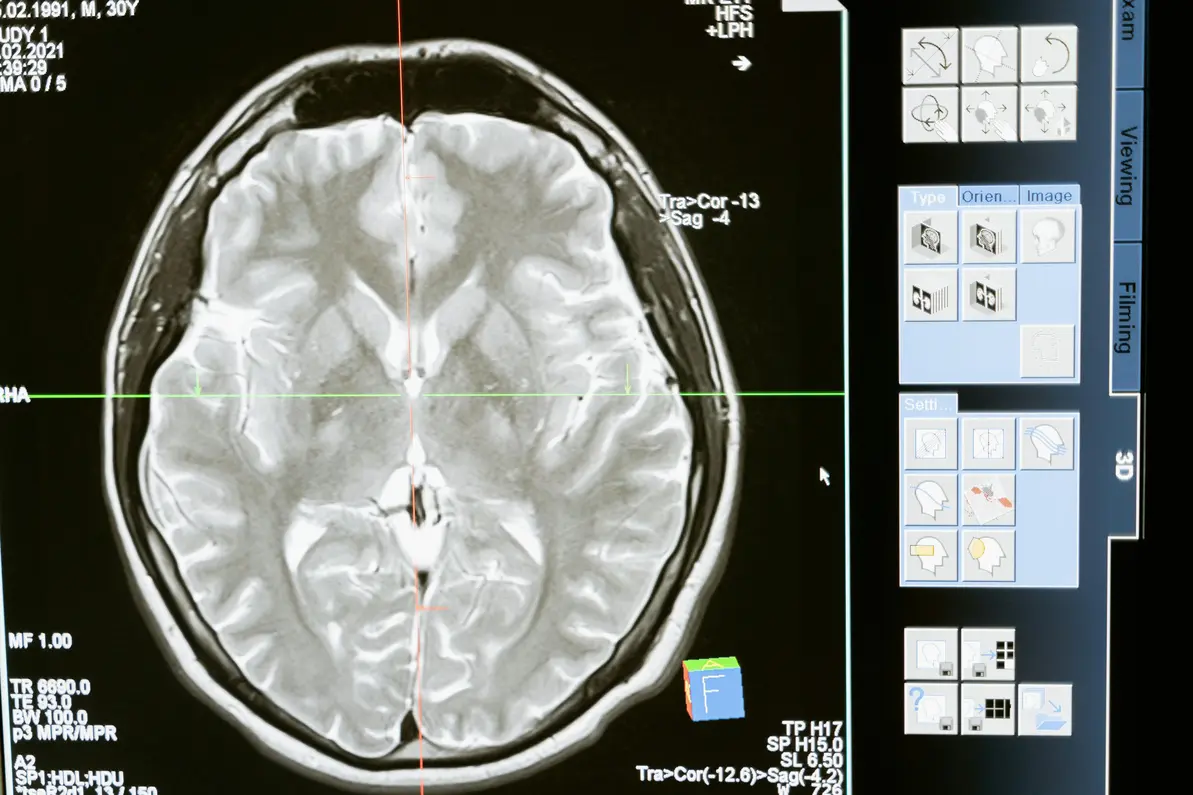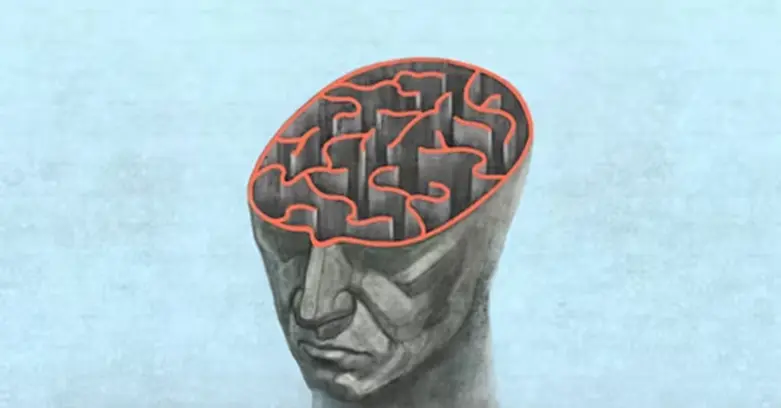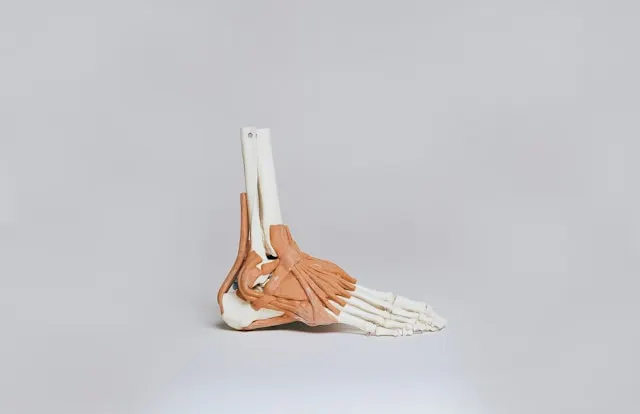CNS Vital Signs is a computerized in-office neurocognitive test battery that was developed as a routine clinical screening instrument. CNS is an acronym for central nervous system. This test is considered as a sort of “vital sign” for determining level of cognitive function.
The test requires use of a keyboard by the subject and consists of several subtests: visual memory, verbal memory, composite memory, psychomotor speed, reaction time, complex attention, cognitive flexibility, processing speed, executive function, simple visual attention, and motor speed.
The verbal memory test measures how well a person can recognize, remember, and retrieve words. Subjects must remember 15 words and retrieve them in a field of 15 distractors. Low scores indicate verbal memory impairment.
The visual memory test measures how well a subject can recognize, remember, and retrieve geometric figures. Subjects must remember 15 figures and recognize them in a field of 15 distractors. Low scores indicate visual memory impairment.
The finger tapping test is a measure of motor speed and fine motor control ability. There are three rounds of tapping with each hand. Low scores indicate motor slowing.
Symbol digit coding measures the speed of processing simultaneously assesses visual scanning, visual perception, visual memory, and motor function. Errors may be due to impulsive responding, misperception, or confusion.
The Stroop test measures reaction times, inhibition, mental flexibility, or direct attention. This is a classic test of impulsivity and inhibition control.
The shifting attention test is a measure of executive function or mental flexibility and multitasking ability. Subjects must adjust their responses to randomly changing rules. The best scores are high correct responses with few errors and a short reaction time. Normal subjects may be slow but accurate, or fast but not so accurate.
The continuous performance test measures sustained attention and choice reaction time. A long response time may indicate cognitive slowing or impairment.
The test has high test-retest reliability and has demonstrated concurrent and discriminant validity. It is a screening test as opposed to a diagnostic test. A validity index helps identify the possibility of an invalid test, that is whether a subject is manipulating a test or whether they cannot understand the directions. The scores identify cognitive deficits and the level of impairment. This helps to give families and caregivers knowledge of cognitive domains that underlie the ability to perform activities of daily living. Although not a diagnostic tool per se, patterns profiles may be useful in helping clinicians in the evaluation of various disorders.
Different patterns that emerge in the sub scores may assist in identification of various types of brain dysfunction such as: mild cognitive impairment, amnestic MCI (mild cognitive impairment), ADHD (attention deficit hyperactivity disorder), sleep disorder, depression, long covid, chemo brain, multiple sclerosis, concussion, and traumatic brain injury. In each of these disorders the pattern of high and low scores in each of the domains tested tends to vary, thus the pattern of scoring may assist in the diagnosis. Two examples are described to illustrate patterns.
For example, a 60-year-old male presented with memory and concentration concerns. He scored below average compared to his peers on the CNS VS test. His lowest scores were in the domains related to MCI. These low scores were composite memory, verbal and visual memory, processing speed, executive function, working memory, sustained attention, and simple attention. Combining this data with his history, physical, and laboratory data, he was referred for a sleep study. He was diagnosed with sleep apnea and fitted with a CPAP device along with other appropriate therapy.
In contrast to the example above, a person with cognitive impairment had a pattern of low scores in the following areas of the CNS VS test: psychomotor speed, reaction time, processing speed, and motor speed. This pattern is more consisted with a diagnosis of multiple sclerosis.
The test is used to establish baseline performance and to track progress throughout the treatment period.











